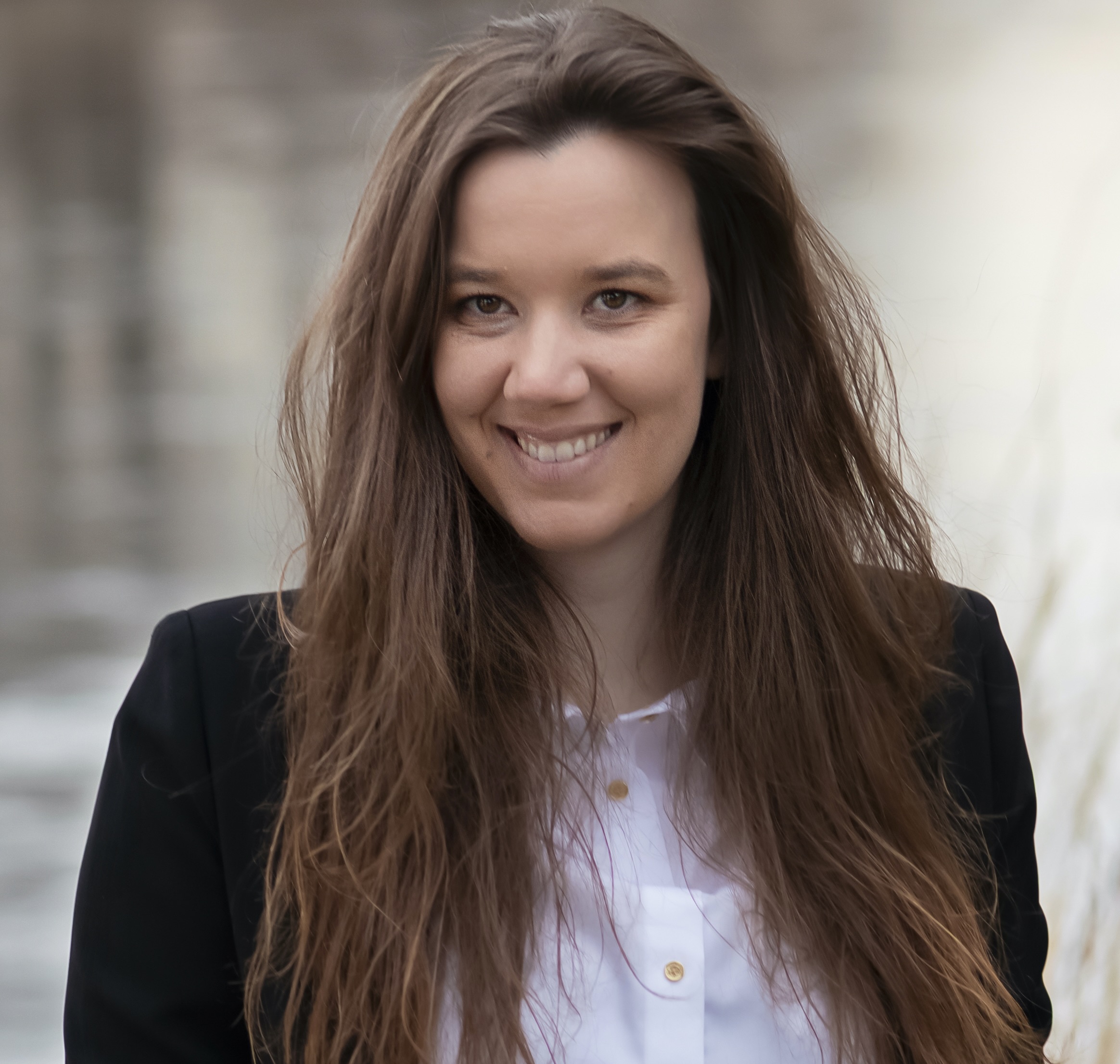Confused about vaccines?
This is the first post in the series by Dr. Kristen Panthagani of You Can Know Things covering the story of the COVID vaccines: The COVID vaccines are undoubtedly among the most impressive medical feats in history. One model estimated they have saved millions of lives in the United States alone. As a physician-scientist, watching the scientific world come together to produce not one but multiple vaccines in a matter of months in the midst of a global pandemic has been truly awe-inspiring.
But just how well do they work? This question is not as simple to answer as it may seem. Why have there been so many breakthrough infections? Why have some vaccinated people died of COVID? Why are vaccinated people wearing masks? Do the vaccines work at all against omicron? If they really work, then why do the vaccinated care if other people don’t get vaccinated? Are they really even vaccines?
“Unity” is probably not the word that comes to mind when we think about the pandemic, but there is one thing that most people seem to agree on: the communication during the pandemic has been confusing. This is particularly true for vaccine effectiveness.
So let’s dig into it. I am both a scientist and a science communicator, and over the past two years I’ve had a foot in both worlds: what are the scientists saying, and how is the public perceiving it? (Hint: they are often not the same). In this series of posts, I’m going to tell you the story of the COVID vaccines, from both sides, and dissect where the communication broke down. And along the way, we’ll answer the question: just how well do the vaccines work?


